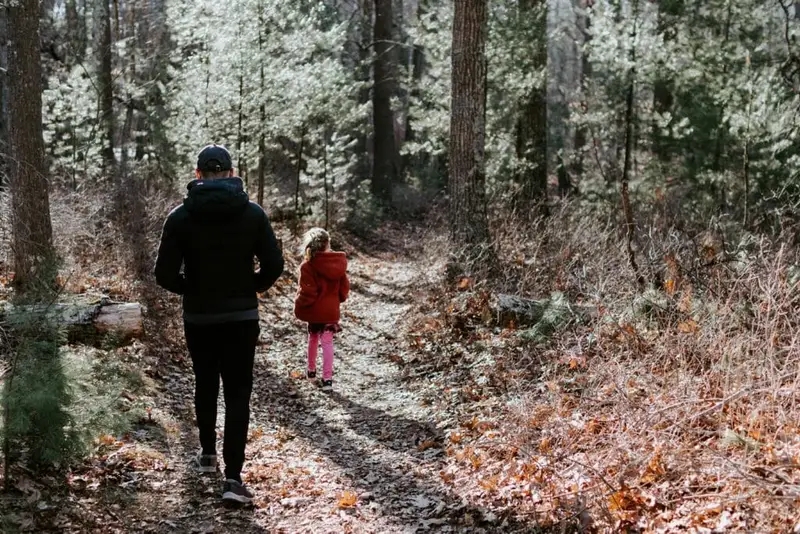1. Toni Basil
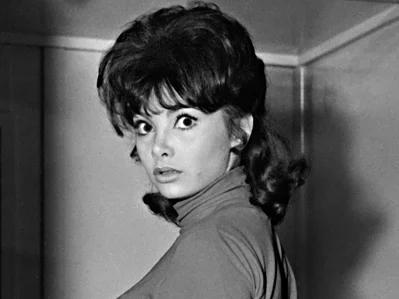
Toni Basil’s name is forever tied to her massive 1982 hit “Mickey,” a cheerleader chant turned pop anthem that topped the charts. The song was playful, catchy, and came with a music video that cemented her in MTV history. For a moment, Basil seemed like she was everywhere, from the radio to TV shows, with her quirky, infectious energy. She even became a style icon with her high ponytail and pom-poms, embodying the spirit of early ’80s pop.
But once “Mickey” faded, so did her mainstream presence. Basil continued working in entertainment, but not in the spotlight. She had a respected career as a choreographer, collaborating with stars like David Bowie and Tina Turner. Still, as far as pop stardom went, she was largely remembered for that one giant moment that defined her.
2. Falco
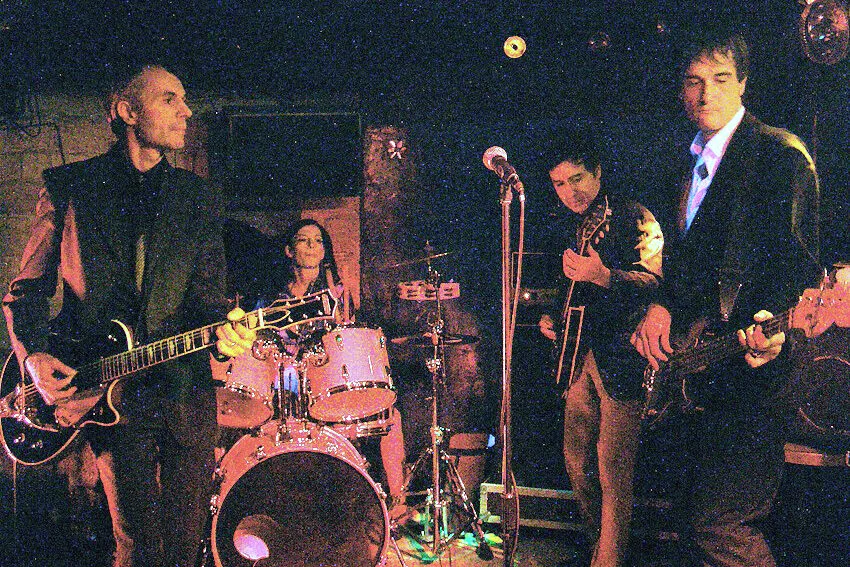
Falco was one of the few European artists to break big in the American market during the ’80s. His 1985 single “Rock Me Amadeus” was unlike anything else at the time, mixing German lyrics, classical references, and synth-pop beats. It climbed to number one in the U.S., making him an international star almost overnight. For a brief moment, Falco was the face of quirky, edgy European pop in the States.
Unfortunately, he struggled to replicate that success. While he remained popular in Austria and Germany, American audiences moved on quickly. His later singles didn’t break through, and he faded from mainstream conversation. He passed away in 1998, leaving behind a legacy of being both a trailblazer and a one-hit wonder in the U.S.
3. Sheena Easton
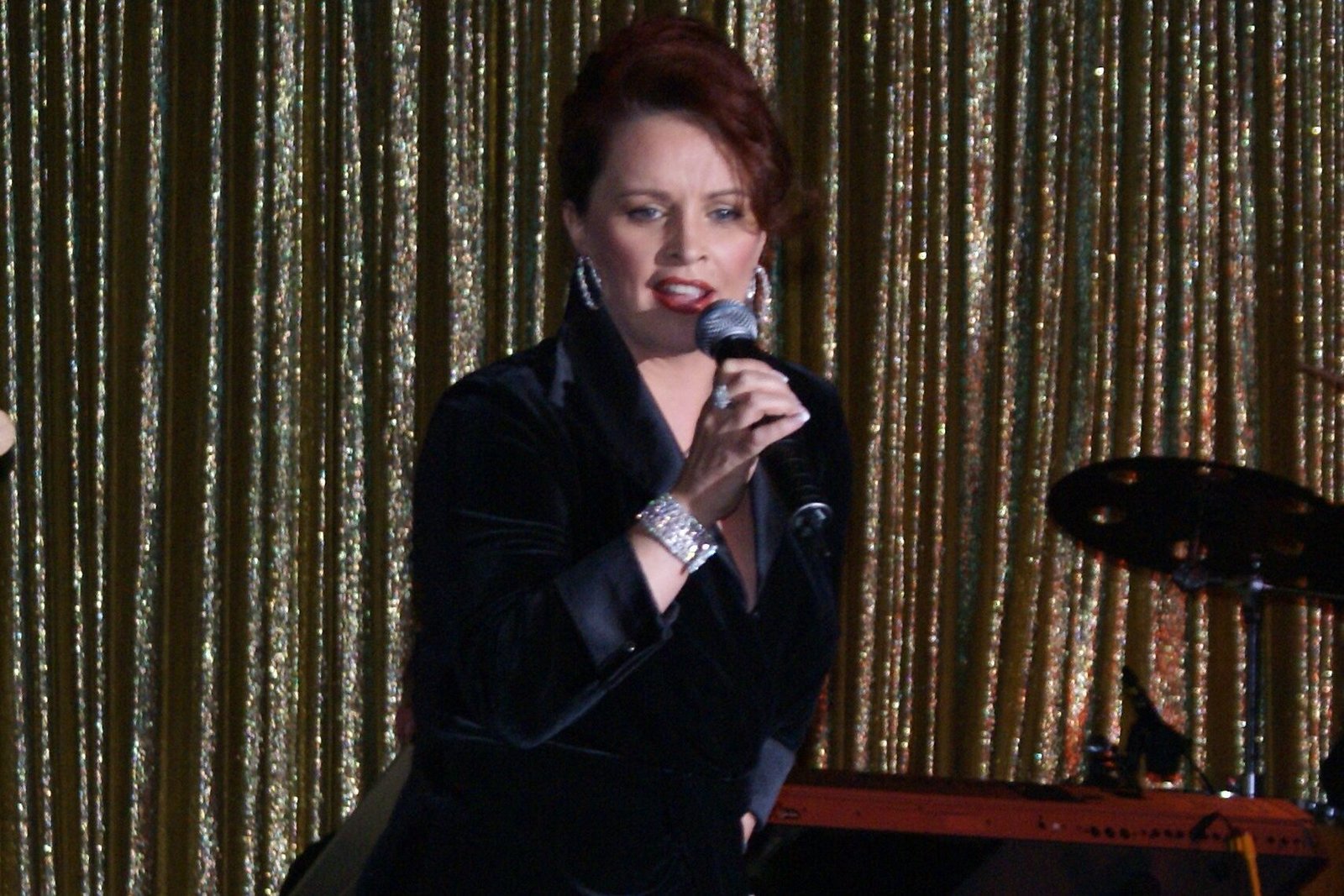
Sheena Easton started her career with a bang, thanks to a BBC documentary that followed her rise to fame. She quickly scored hits like “Morning Train (Nine to Five)” and “For Your Eyes Only,” even becoming a Bond theme singer. With her smooth voice and glamorous image, Easton looked set to dominate the decade. She was versatile too, switching from pop ballads to Prince-produced funk.
But by the end of the ’80s, the hits slowed down. The ’90s brought fewer opportunities for her style of music, and she quietly stepped away from the spotlight. Easton eventually transitioned to stage and voice work, building a steady but less flashy career. To many fans, though, she’ll always be the young star who seemed unstoppable in the early ’80s.
4. Debbie Gibson
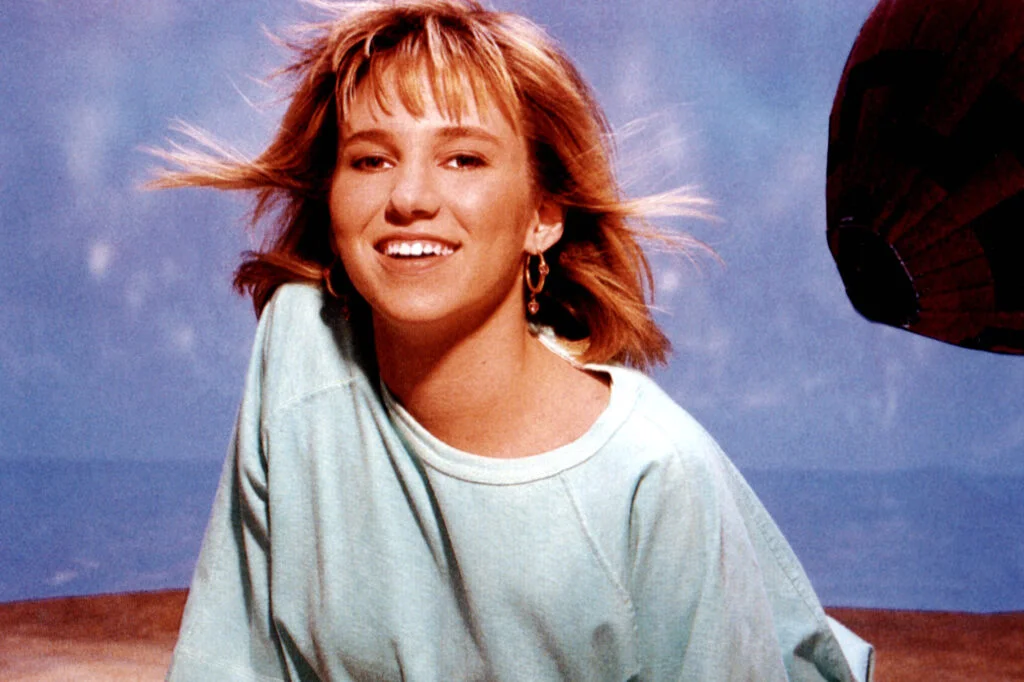
Debbie Gibson was the ultimate teen pop star of the late ’80s, writing and producing her own hits at just 16. Songs like “Only in My Dreams” and “Foolish Beat” made her a household name. She was talented, relatable, and came across as the wholesome alternative to more provocative pop acts. For a while, she dominated magazines, radio, and MTV.
Her fame, however, was closely tied to her teen image. As she grew older, it was harder to sustain the same level of attention. By the ’90s, Gibson shifted to Broadway and touring but was no longer topping charts. She’s still performing today, but for many, her peak was that thrilling moment when she was the teen idol everyone was talking about.
5. Rick Astley
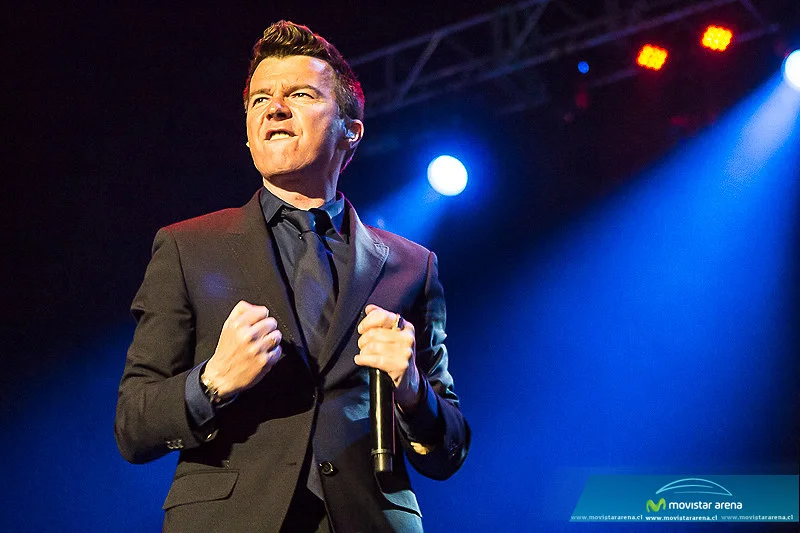
Rick Astley’s deep voice and boy-next-door charm turned “Never Gonna Give You Up” into a phenomenon in 1987. The song was everywhere, and Astley quickly had a string of hits. With his slick dance moves and big choruses, he seemed built for MTV and the pop charts. He even earned a reputation as one of the most reliable young stars of the era.
But fame burned him out quickly. By the early ’90s, Astley stepped away from the music industry entirely, saying he’d had enough of the grind. While he eventually returned years later, he never recaptured the same level of mainstream pop dominance. Ironically, internet culture revived his name through “Rickrolling,” making him famous all over again—but for a very different reason.
6. Laura Branigan
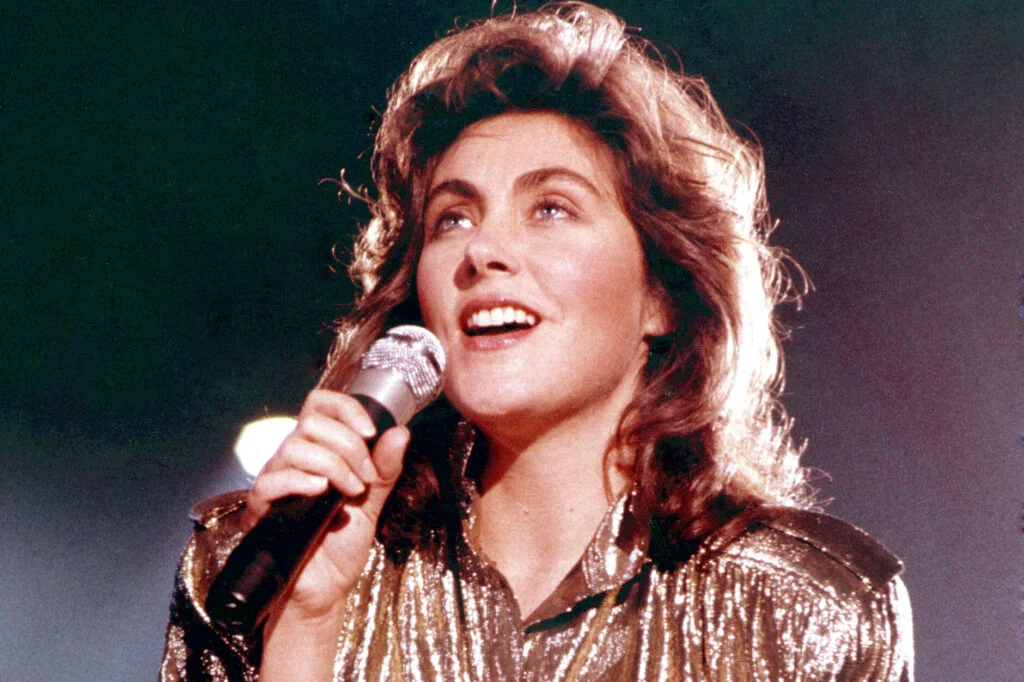
Laura Branigan lit up the charts with her powerhouse vocals on hits like “Gloria” and “Self Control.” She had the kind of voice that could fill stadiums, and for a time, she was one of the most recognizable names in pop. Her songs were dramatic, bold, and perfect for the dance floors of the ’80s.
But despite her talent, Branigan’s star dimmed as musical tastes shifted. By the ’90s, she was performing more on the nostalgia circuit than in the charts. Sadly, she passed away in 2004, but her hits still get rediscovered by new generations. She’s remembered as one of those voices that defined the sound of the ’80s, even if her career didn’t last as long as it should have.
7. Kajagoogoo
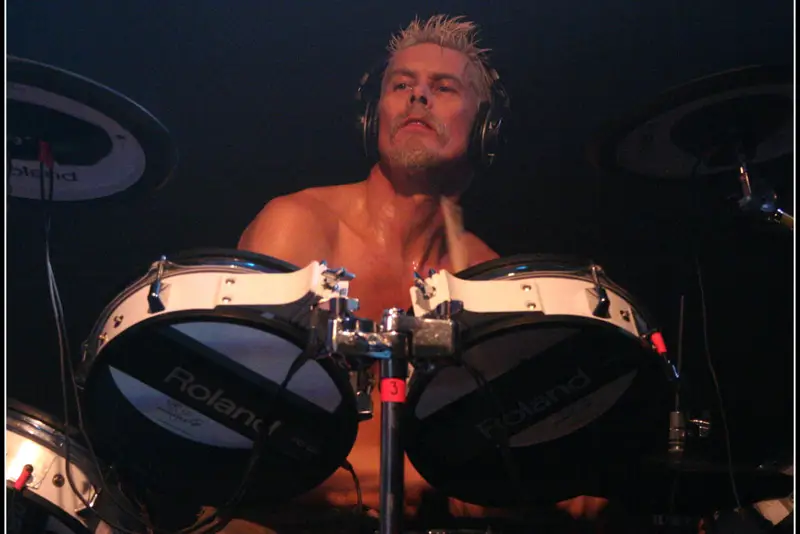
Kajagoogoo is one of those bands whose name alone screams ’80s. Their 1983 single “Too Shy” was a worldwide hit, combining synth-pop hooks with a quirky image. Lead singer Limahl, with his spiky hair and flamboyant look, became the face of the band almost instantly. They seemed poised to be one of the decade’s defining acts.
But internal conflicts and quick changes in lineup cut their momentum short. Limahl went solo and had a minor hit with “The NeverEnding Story,” but Kajagoogoo never regained their early buzz. By the mid-’80s, they had all but disappeared from the charts. Their story remains a classic example of how fast fame can come and go in the pop world.
8. Samantha Fox
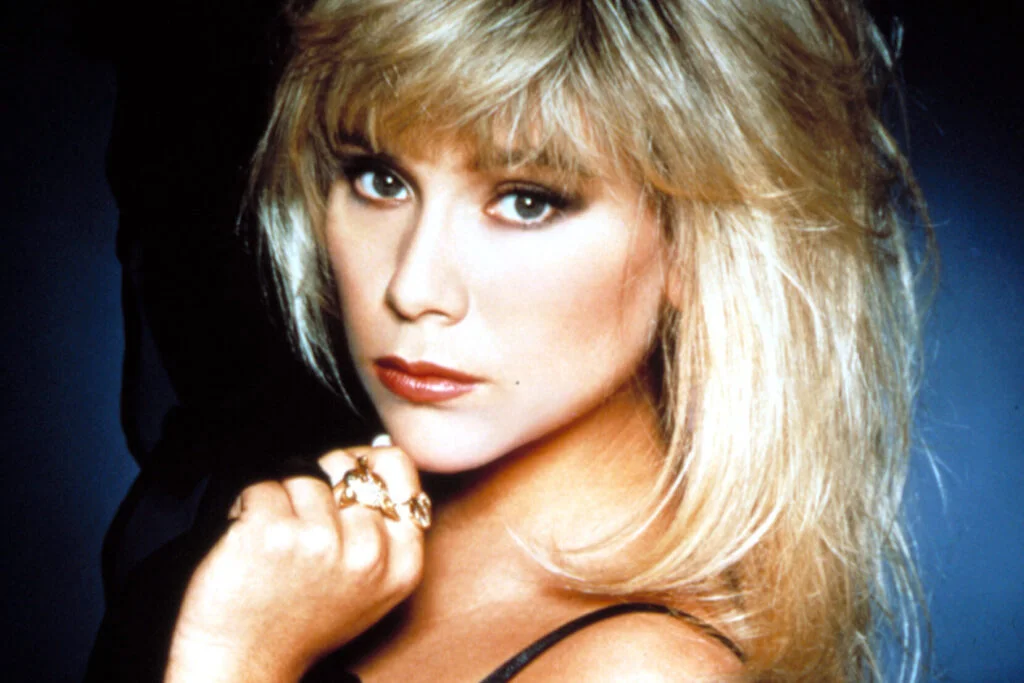
Samantha Fox transitioned from being a British pin-up to a pop sensation almost overnight. Her 1986 hit “Touch Me (I Want Your Body)” turned her into an international star. With her bold stage presence and sultry voice, Fox seemed built for the MTV era. She was confident, flashy, and unafraid to lean into her image.
But her career was always tied to her persona as much as her music. As the decade ended, audiences moved on, and Fox found it hard to keep the same level of chart success. She continued releasing albums and touring, but her mainstream pop days were over. Still, she remains a symbol of ’80s excess and glamour.
9. Martika
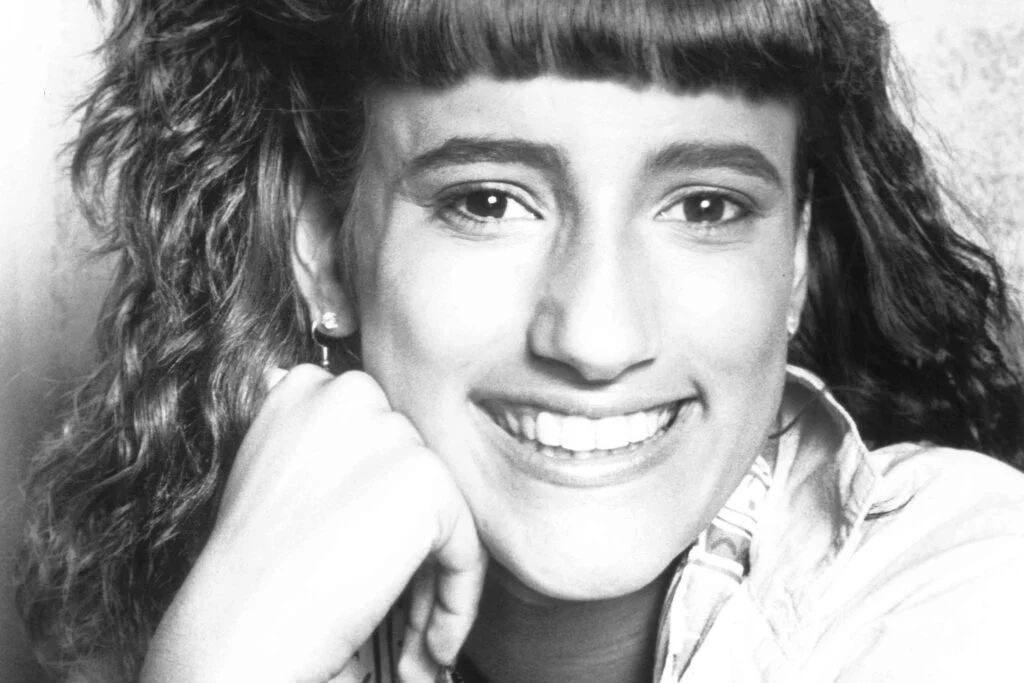
Martika broke through in 1989 with the hit “Toy Soldiers,” a song that showcased her ability to blend pop hooks with emotional depth. It was a massive hit, topping charts and earning her recognition as one of the era’s most promising young stars. Her self-titled debut album kept the momentum going, and she was suddenly everywhere.
But her follow-up work struggled to keep her in the spotlight. By the early ’90s, she was fading from mainstream attention, despite collaborations with big names like Prince. Martika stepped back from music altogether, leaving behind a small but memorable catalog. For those who remember “Toy Soldiers,” though, she’ll always be part of the soundtrack of the late ’80s.
10. Cutting Crew
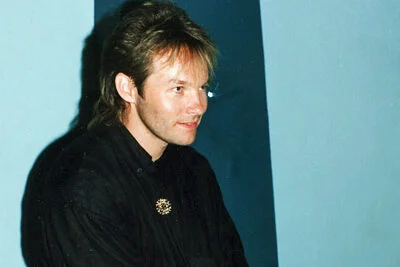
Cutting Crew’s 1986 ballad “(I Just) Died in Your Arms” is one of those songs that instantly transports you back to the ’80s. It was dramatic, emotional, and had that sweeping production that made it perfect for radio and MTV. For a moment, the band looked like they might become one of the big British imports of the decade.
But lightning didn’t strike twice. Their later singles didn’t resonate the same way, and they quietly slipped from the charts. Cutting Crew became one of those acts best remembered for a single unforgettable song. That said, “Died in Your Arms” still shows up in movies, TV shows, and playlists, keeping their name alive in a way their career couldn’t.
11. Nu Shooz
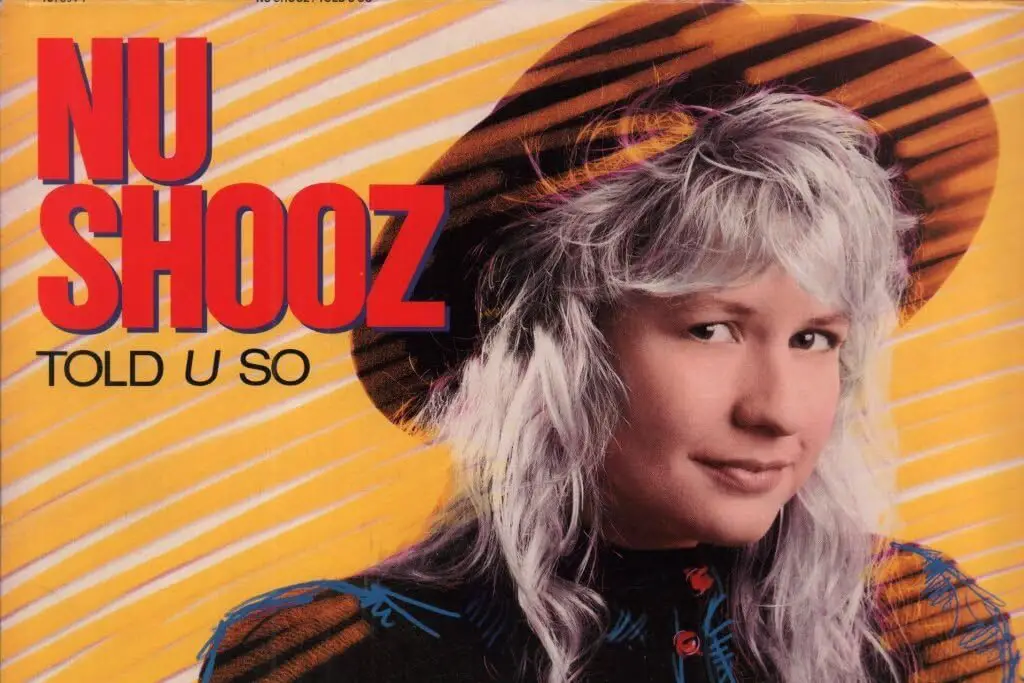
Nu Shooz, a husband-and-wife duo from Portland, brought a fresh sound to the mid-’80s with “I Can’t Wait.” The funky, electronic groove made it a huge club and radio hit in 1986. Their upbeat style felt perfect for the decade’s love of dance music, and they looked like they had a bright future.
But they couldn’t quite follow up with another big success. Their later albums didn’t make the same impact, and by the end of the ’80s, they had faded from the mainstream. Nu Shooz still perform occasionally, but for many, their name is synonymous with just that one infectious hit. It’s a reminder of how quickly trends moved in the pop world.
12. Jody Watley
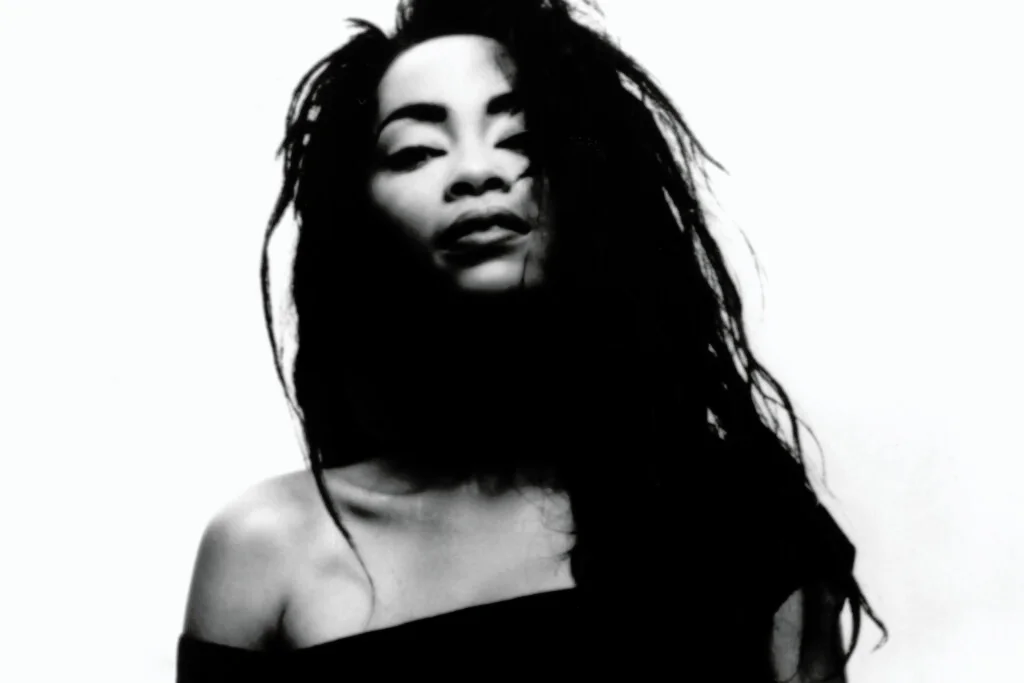
Jody Watley’s solo career took off in 1987 with hits like “Looking for a New Love.” She brought a mix of R&B, pop, and fashion-forward style that made her a star almost instantly. Watley even won a Grammy for Best New Artist, cementing her place in the decade’s pop history. Her videos and image made her one of the most stylish figures of the time.
But her chart dominance was short-lived. By the early ’90s, the music landscape shifted, and Watley’s momentum slowed. She continued recording and performing, building a loyal fan base, but she never quite regained her late-’80s prominence. To many, though, she remains one of the quintessential faces of that era, remembered as much for her style as for her music.

